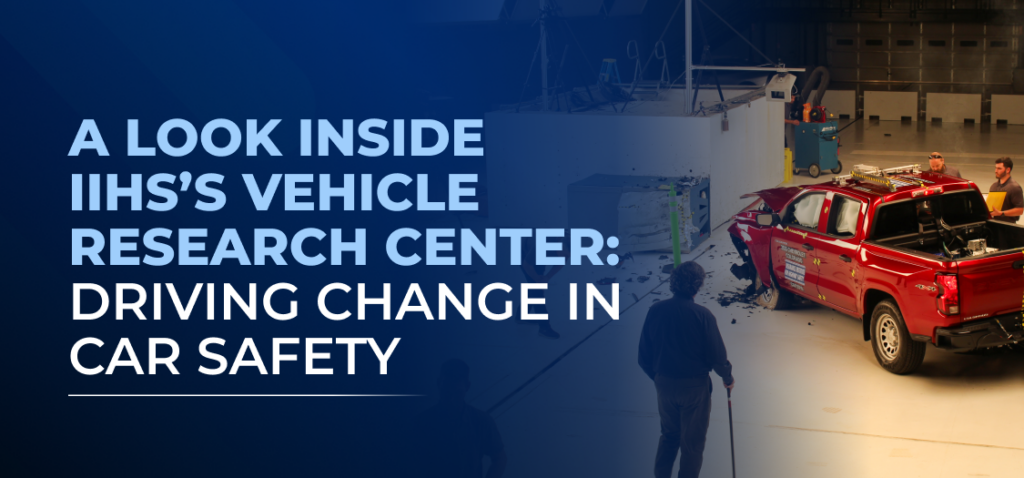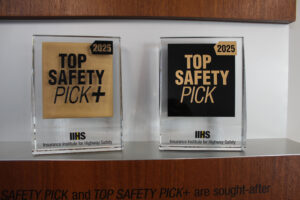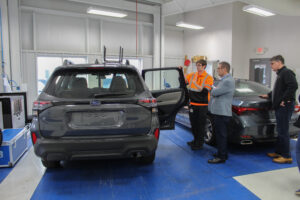A Look Inside IIHS’s Vehicle Research Center: Driving Change in Car Safety

I recently co-hosted an industry webinar with Matt Moore, the Chief Insurance Operations Officer for the Insurance Institute for Highway Safety (IIHS), at their Vehicle Research Center in Ruckersville, Virginia. During my visit, I got an up-close look at how IIHS is constantly improving their testing to make vehicles safer on the road. I got to hear about exciting updates, including a redesigned side impact test that reflects today’s real-world crashes and the ongoing efforts to improve vehicle safety for everyone.

As I shared during the webinar, I’ve visited the center many times over the years and am always impressed by the ongoing advancements they make in testing to improve vehicle safety and design. One of the key topics we discussed was the updated side impact test, which now more accurately reflects real-world “T-bone” crashes. The original side impact sled was designed based on a full-size 1970s-style sedan—wide and low. As a result, the impact in the test was distributed across the windshield’s “A” pillar, the door’s “B” pillar, and the quarter panel’s “C” pillar. Additionally, a low sedan’s rocker panel would absorb some of the impact, slowing intrusion into the passenger compartment. However, today, such long, low sedans are far less common. Instead, modern vehicles—like SUVs and pickups—are narrower, taller, and have more rounded sides. To better reflect these real-world crash scenarios, IIHS redesigned the sled to more accurately simulate the types of crashes that are more likely today.
Why is This Important?

The Insurance Institute for Highway Safety began issuing crash test ratings in 1995, starting with a moderate overlap front test. This test was different from the “full-on” test used by the National Highway Traffic Safety Administration (NHTSA), which distributes the crash energy equally across both frame rails. The IIHS test more closely resembled real-world crashes, such as when a driver drifts partially into oncoming traffic. Initially, about half of the vehicles tested earned poor or marginal ratings, with more vehicles rated poorly than highly. Over time, however, these ratings led to improvements, and since the 2013 model year, virtually all vehicles have earned a “Good” rating in the original test. This shift happened because automakers realized that IIHS’s TOP SAFETY PICK ratings can help drive car sales, while poor ratings can hurt a brand’s reputation.
In addition to crash tests, IIHS also tests and rates Advanced Driver Assistance Systems (ADAS). These ratings have spurred improvements in the technology as well. Carmakers now advertise these ratings heavily, with several campaigns—such as those from Subaru—highlighting their TOP SAFETY PICK+ ratings.

IIHS’s mission is to reduce deaths, injuries, and property damage from motor vehicle crashes through ongoing research, evaluation, and public education for consumers, policymakers, and safety professionals.
